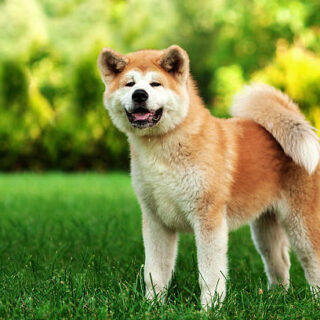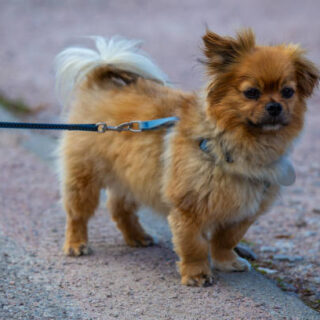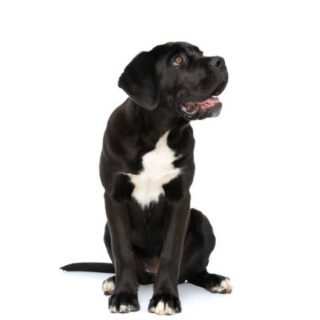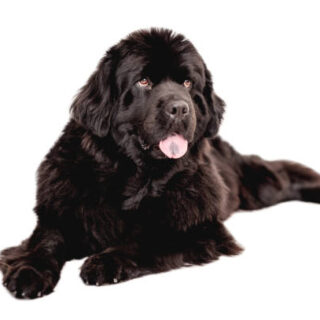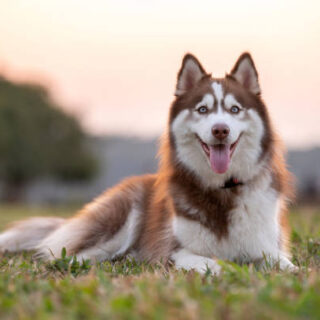Your cart is currently empty!

Single Product
Bergamasco
Bergamasco Bergamasco: This ancient breed of sheepdog originates from the Italian Alpine region and takes its name from the town of Bergamo. Its distinguishing feature is its heavy coat which forms naturally into mats. The matted coat gives insulation from the extremes of climate they have to endure in the heights of the Alpine pastures.…
Description
Bergamasco
Bergamasco: This ancient breed of sheepdog originates from the Italian Alpine region and takes its name from the town of Bergamo. Its distinguishing feature is its heavy coat which forms naturally into mats.
The matted coat gives insulation from the extremes of climate they have to endure in the heights of the Alpine pastures. The Bergamasco is an instinctive herder and is used both as flock herd and flock guard.
General appearance
Medium-sized sheepdog of ancient origin. Powerfully constructed, square in profile, heavily coated.
Characteristics
Vigilant guard with strong protective instinct. Tight skin. Unusual and distinctive coat.
Temperament
Intelligent, cautious, patient. Good companion/guard.
Head and skull
Skull and muzzle of equal length. Tight skin with no wrinkle. Broad skull, slightly convex between high set ears, but rounded forehead. Width of skull no more than half length of head from occiput to nostril. Top of skull and top of muzzle parallel in profile. Prominent occiput. Definite stop with marked median furrow. Fairly deep truncated muzzle tapers slightly towards nose, but never pointed with rather flat foreface and strong under jaw. Well-pigmented, tight lips just cover front of jaw.
Eyes
Oval, large, dark chestnut colour preferred, but depends on colour of coat. Soft, serene but attentive expression. Tight fitting black eye rims with long lashes.
Ears
Set high, top two-thirds semi-drooping. Ear lifts from base when attracted. Triangular shape, wide base tapers into neckline. Slightly rounded tips. Covered with soft, slightly wavy hair forming fringes at tips.
Mouth
Well-split lips, with inner corner directly below vertical line from outer corner of eye. Scissor bite, i.e. upper teeth closely overlapping lower teeth and set square to the jaws.
Neck
Medium length, strong, well arched, no dewlap. Densely coated. Joins back in gentle slope to high set withers.
Forequarters
Straight when seen from front and side. Well-angulated shoulder with good lay back, and length and angulation of upper arm. Elbows set under body. Straight forelegs, with strong bone and muscle. Short pasterns.
Body
Depth is half height at withers, which are well defined. Length from point of shoulder to point of buttocks equal to height at withers. Brisket reaches to elbow. Broad back. Well-sprung ribs. Straight topline. Sloping croup.
Hindquarters
Long, wide, well-muscled upper thigh, good turn of stifle, fairly high set hocks. Straight when viewed from rear.
Feet
Oval with well-closed and arched toes. Strong, well-pigmented nails. Hard pads of dark colour.
Tail
Strong at root, tapering towards tip. Reaches hock easily, but preferably no longer. Slightly curved towards tip at rest, carried flag-like when animated.
Gait/Movement
Free, long steps. Extended trot is desirable. Capable of maintaining free gallop.
Coat
Abundant and long. Harsh texture on front of body, softer on head and limbs. Short, dense undercoat obscures skin. Tends to form into strands or loose mats from topline of body (not cords). Greasy to the touch.
Colour
Solid grey, or with patches of all shades of grey through to black. White patches allowed providing no more than one fifth of coat. Black, Isabella and light fawn allowed.
Size
Height: dogs: 58-62 cms (23-24½ ins); bitches: 54-58 cms (21-23 ins). Weight: dogs: 32-38 kgs (70-84 lbs); bitches: 26-32 kgs (56-70 lbs).
Faults
Any departure from the foregoing points should be considered a fault and the seriousness with which the fault should be regarded should be in exact proportion to its degree and its effect upon the health and welfare of the dog and on the dogs ability to perform its traditional work.
Note
Male animals should have two apparently normal testicles fully descended into the scrotum.

